Picture this: a shadow glides silently above the tangled treetops of a Malaysian rainforest, weaving between ancient giants and slipping through shafts of golden sunlight. It’s not a bird, nor a bat, but a truly extraordinary creature—one that seems to defy gravity. Welcome to the mesmerizing world of flying lemurs, the masters of the canopy highways, whose lives are as mysterious as they are magical. Their story is a testament to nature’s ingenuity, unfolding high above the forest floor where few humans ever tread.
The Secret Life of Flying Lemurs
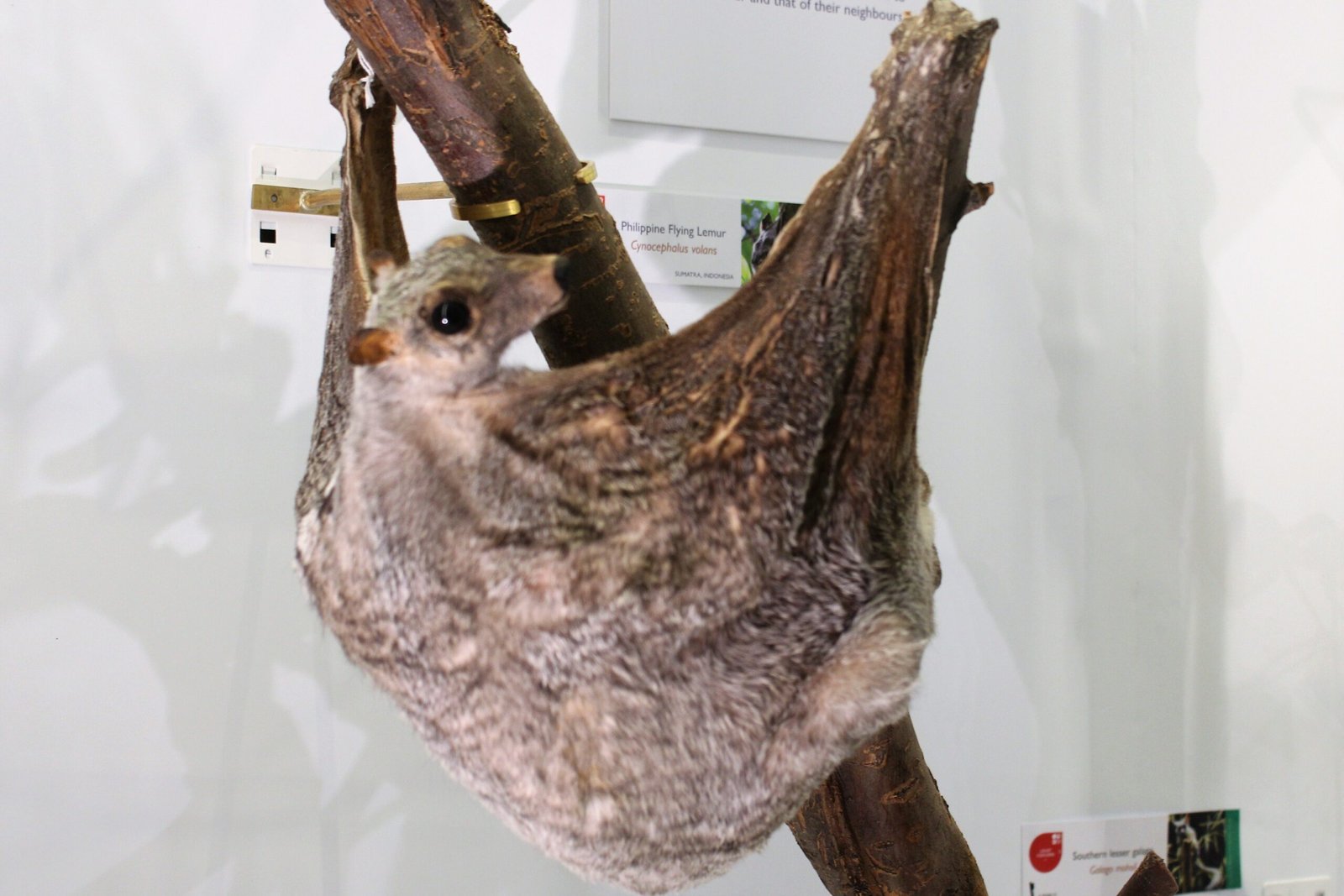
Flying lemurs, also known as colugos, are not lemurs at all, nor do they truly fly. These quirky mammals belong to a unique order called Dermoptera and are among the most enigmatic creatures in Southeast Asia. With their enormous, soulful eyes and delicate, webbed limbs, they resemble something straight out of a fantasy tale. During the day, they cling quietly to tree trunks, camouflaged against predators. As dusk settles, they come alive, embarking on their nightly journeys through the treetops in search of tender leaves, fruits, and flowers. Despite their name, these animals are gentle gliders, not fliers, but their aerial skills are nothing short of astonishing.
Nature’s Aerial Acrobatics
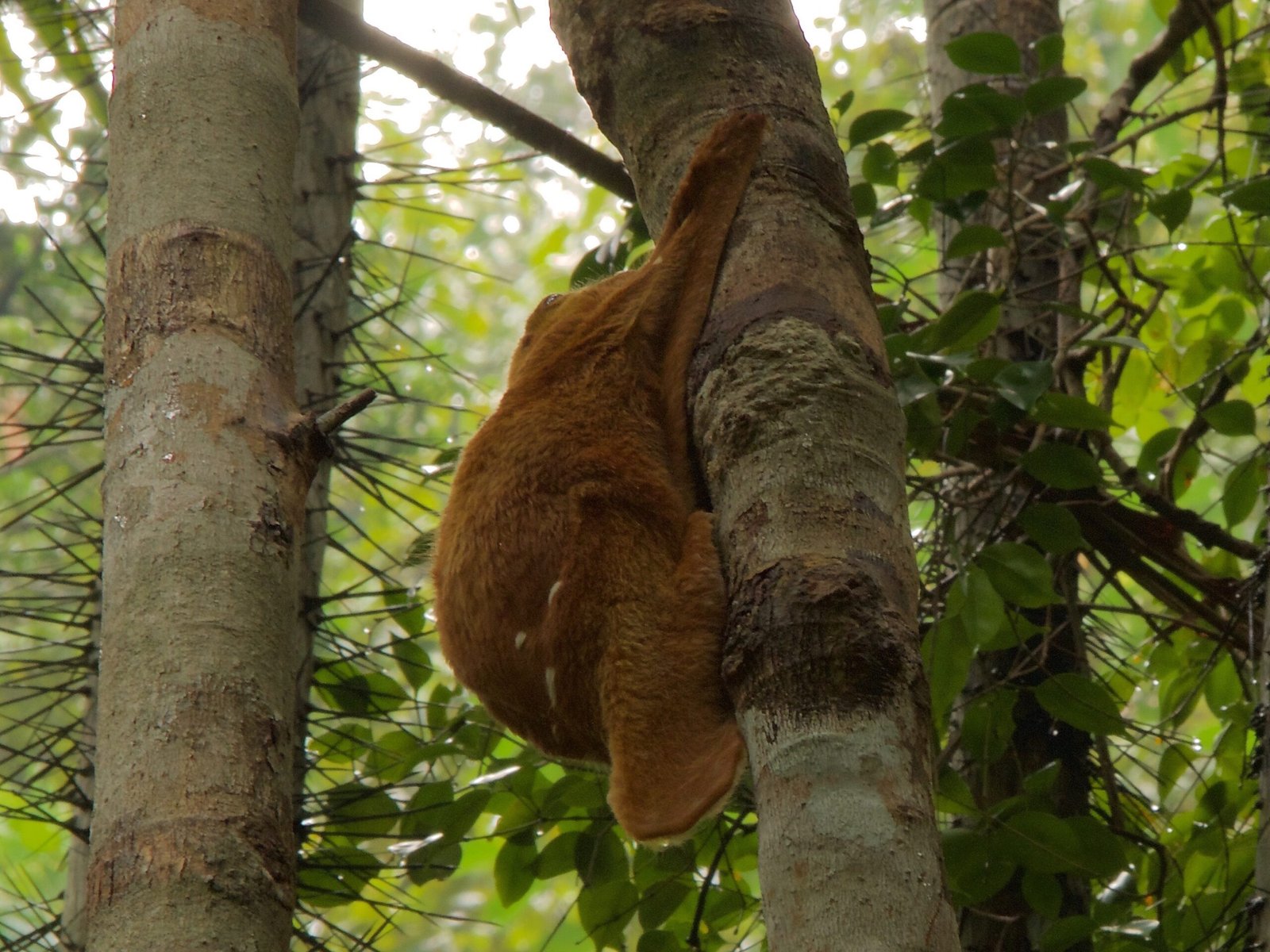
What sets flying lemurs apart is their remarkable ability to glide—sometimes covering distances of over 100 meters in a single leap. Their secret weapon is a vast membrane of skin, called a patagium, which stretches from their neck to the tips of their fingers, toes, and even their tail. When they leap from tree to tree, they spread their limbs wide, transforming themselves into a living parachute. This allows them to soar effortlessly across the forest canopy, steering with subtle adjustments of their limbs and tail. It’s a breathtaking sight, reminiscent of a dancer performing in slow motion above the forest floor.
The Canopy Highway: Life Above the Ground

For flying lemurs, the rainforest canopy is more than just a home—it’s a complex network of highways. The dense upper layers of the forest connect trees like bridges, creating safe passage for these gliders to travel, find food, and avoid ground-based dangers. Rarely do they descend to the ground, where they would be vulnerable to predators such as snakes, civets, and wild cats. Instead, they navigate an invisible road system above our heads, moving with a confidence and grace that only true canopy dwellers possess. The canopy highways are a lifeline, making possible the survival of countless rainforest species.
Evolution’s Ingenious Design
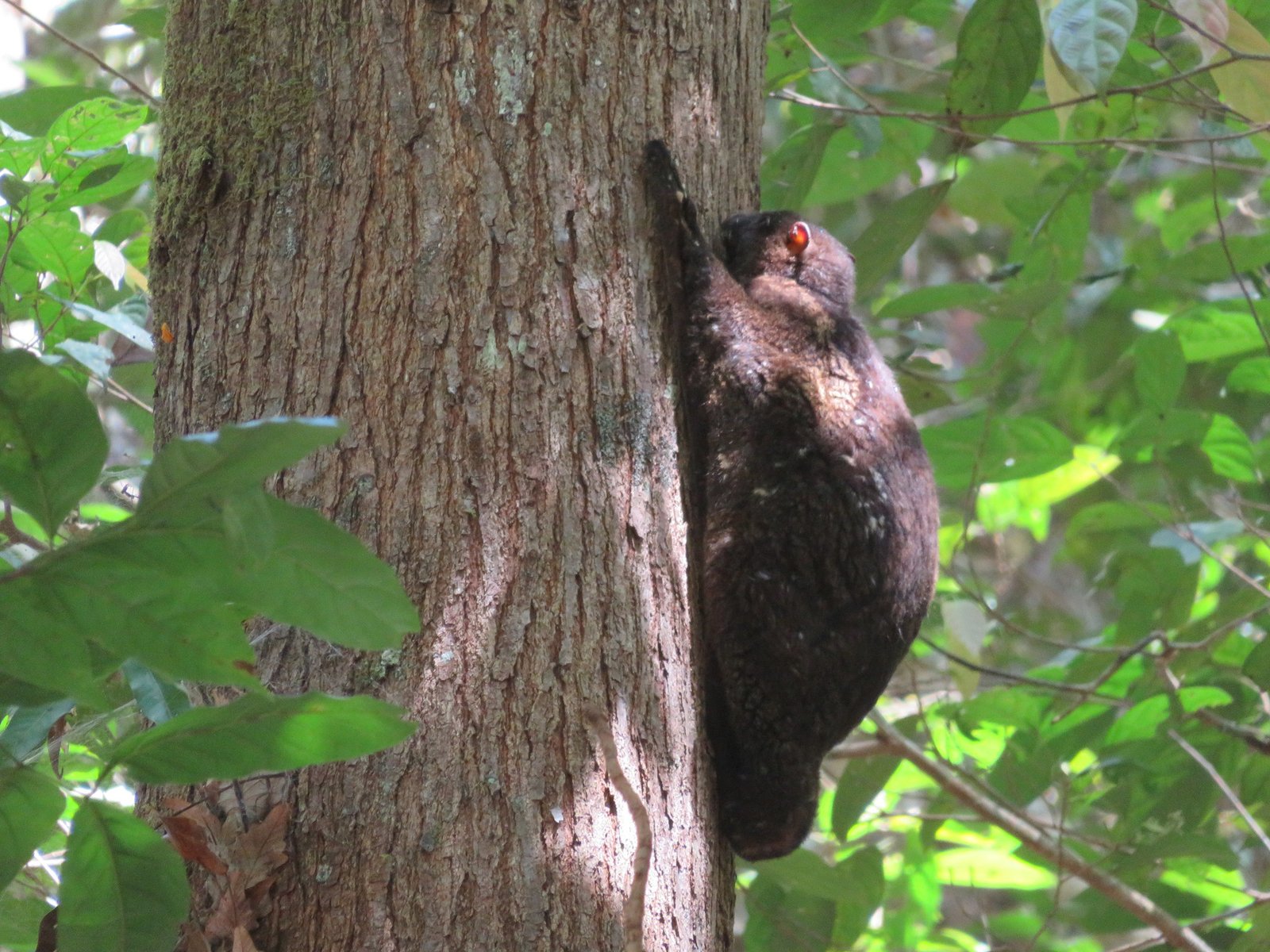
The adaptations of flying lemurs are a marvel of evolution. Their patagium is the most extensive of any gliding mammal, covering nearly their entire body. This not only aids in gliding but also helps regulate their body temperature in the humid tropics. Their long, sharp claws allow them to cling to bark with ease, while their lightweight bones and powerful muscles provide the perfect balance of strength and agility. Even their flat, wide tails serve as rudders, allowing precise control during flight. The flying lemur’s body is the result of millions of years of natural engineering, perfectly tuned for life in the treetops.
Mysteries of Their Nocturnal World
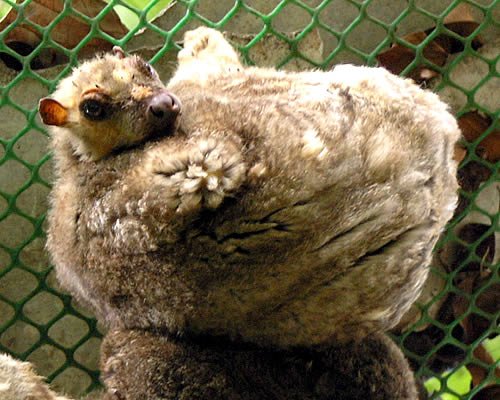
Much of the flying lemur’s life remains shrouded in mystery, as their nocturnal habits and treetop existence make them difficult to study. Under the cover of darkness, they forage silently, using their keen senses to locate the most nutritious leaves and fruits. Their large eyes are perfectly suited for low-light conditions, granting them an edge in the shadowy forest. Scientists have only recently begun to uncover the secrets of their daily routines, social interactions, and communication. Every new discovery adds another piece to the puzzle of these elusive animals.
Family Bonds and Young Gliders

Flying lemurs are devoted parents. Mothers carry their tiny, vulnerable offspring clinging to their bellies, sometimes sheltering them within the folds of the patagium like a living hammock. The young are born helpless and rely entirely on their mothers for warmth, safety, and transportation through the leafy highways above. As they grow, they learn to glide by watching and mimicking their mother’s movements, gradually building the confidence and skill needed to survive on their own. The close bond between mother and young is both touching and vital for the species’ survival.
Role in the Rainforest Ecosystem
Though they may seem like mere curiosities, flying lemurs play a crucial role in the rainforest ecosystem. By feeding on a variety of leaves, flowers, and fruits, they help to prune the trees, encourage new growth, and disperse seeds throughout the forest. Their gliding journeys carry pollen and plant matter across vast distances, quietly shaping the landscape and supporting biodiversity. In this way, flying lemurs act as gardeners of the canopy, maintaining the healthy balance of their lush, green world.
Threats to Their Survival
Despite their mastery of the skies, flying lemurs face mounting threats. The biggest danger is habitat loss, as large swathes of Malaysian rainforest are cleared for agriculture, logging, and development. When their canopy highways are interrupted, these gliders are left stranded, unable to cross open ground safely. They also fall victim to hunting and the illegal pet trade, despite their protected status in some regions. As the forests shrink, the future of these gentle creatures hangs in the balance, making their conservation more urgent than ever.
Conservation Efforts and Hope

Thankfully, there is hope on the horizon. Conservationists in Malaysia are working tirelessly to protect the remaining rainforests and establish wildlife corridors that reconnect fragmented habitats. Public education campaigns raise awareness about the vital role of flying lemurs and the importance of preserving the rainforest’s web of life. Local communities are getting involved, learning how to monitor flying lemur populations and safeguard nesting sites. These collective efforts are slowly making a difference, offering a glimmer of hope for the future of these remarkable gliders.
Why Flying Lemurs Inspire Awe
Flying lemurs captivate the imagination not just because of their unique appearance or their breathtaking glides, but because they represent the wild, untamed spirit of the rainforest itself. They remind us that there is still so much to discover in the world’s hidden corners, so many stories left untold in the treetops above. Their resilience and adaptability are a testament to nature’s power to create and endure, even in the face of growing challenges. Observing a flying lemur drifting silently through the canopy is a humbling experience, one that sparks curiosity and wonder in all who witness it.
A Glimpse Into an Ancient World
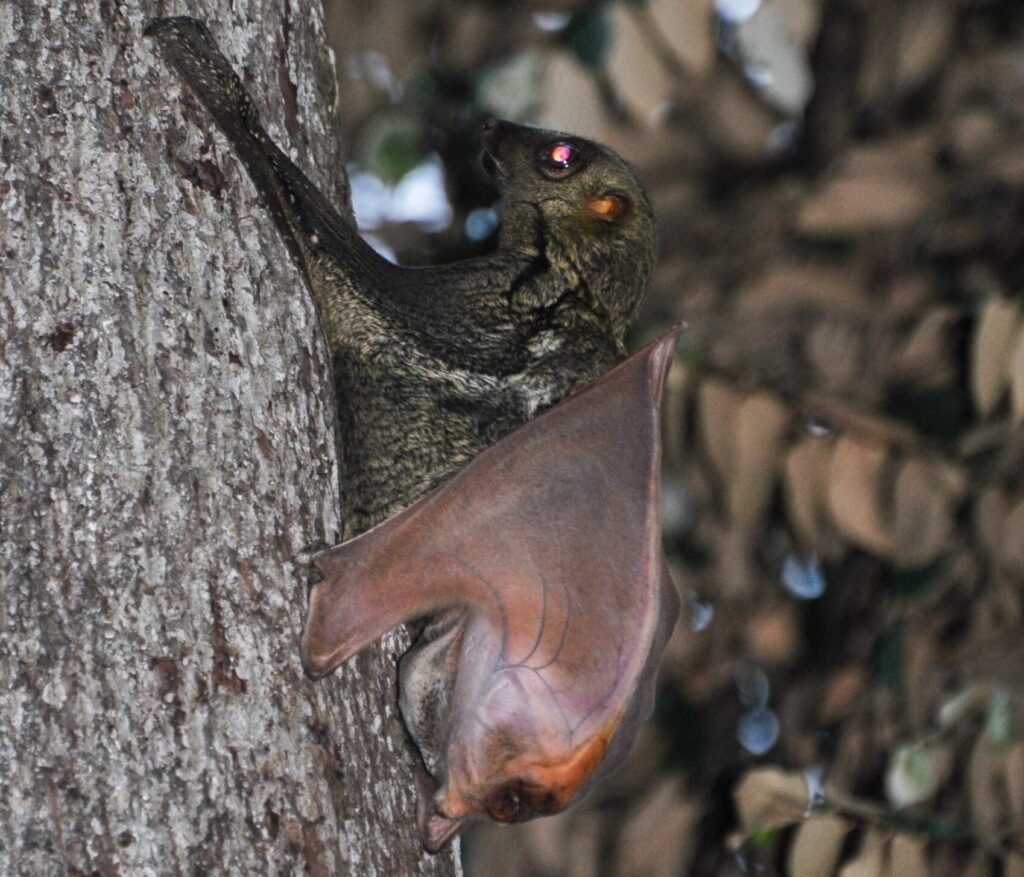
To see a flying lemur is to step back in time, into a world where the forest canopy reigns supreme and life unfolds in secret. These animals have roamed the treetops for millions of years, long before humans ever set foot in Southeast Asia. Their survival offers a living connection to the ancient, primeval forests that once covered the earth. In their gliding journeys, we glimpse not just a fascinating creature, but a living legacy of evolution, adaptation, and survival.
High above the forest floor, a silent figure leaps, gliding effortlessly from tree to tree. The flying lemur’s story is one of wonder, survival, and the enduring magic of the Malaysian rainforests. Will these mysterious gliders continue to soar over the canopy highways, or will their story fade into the mists of time?



